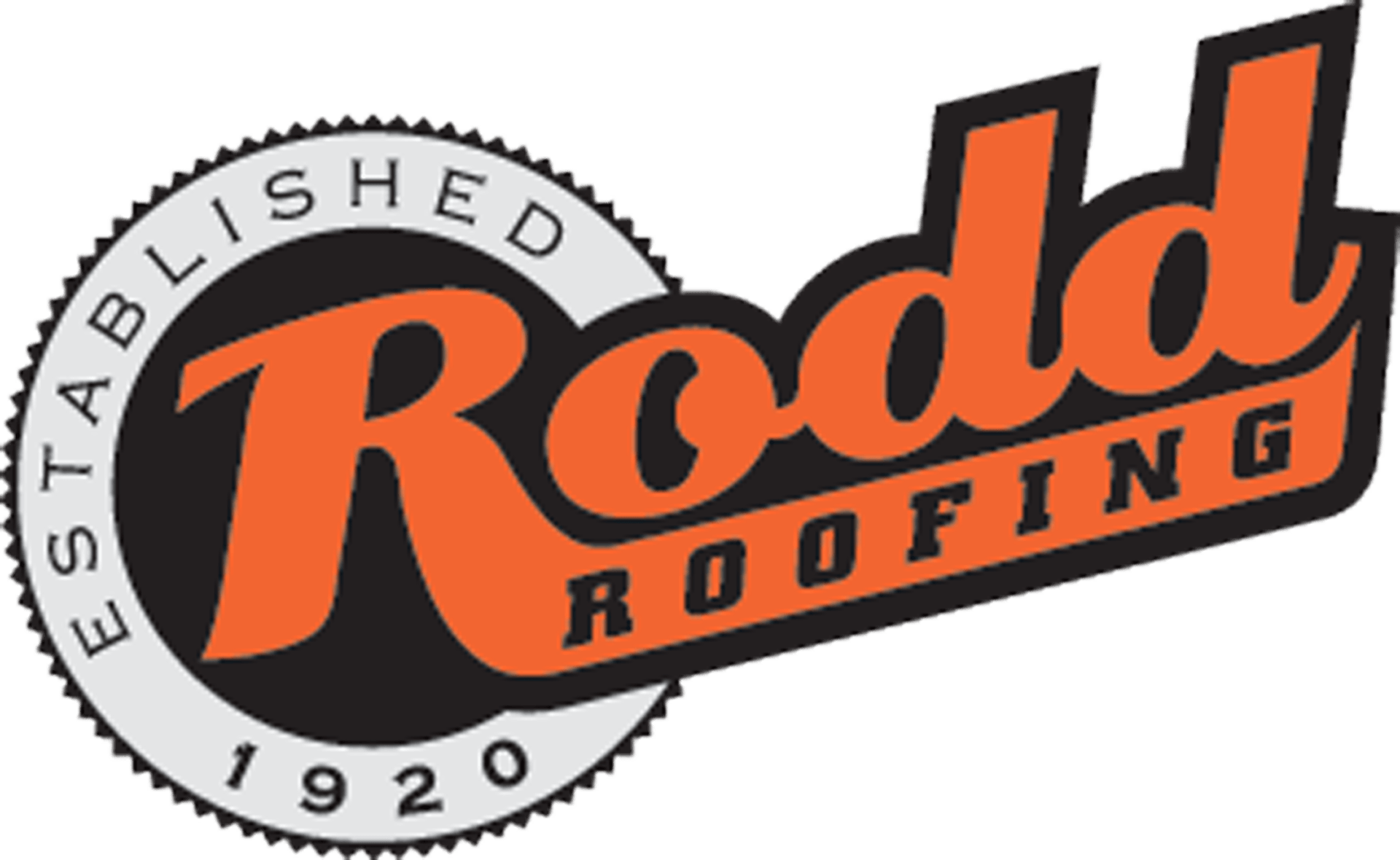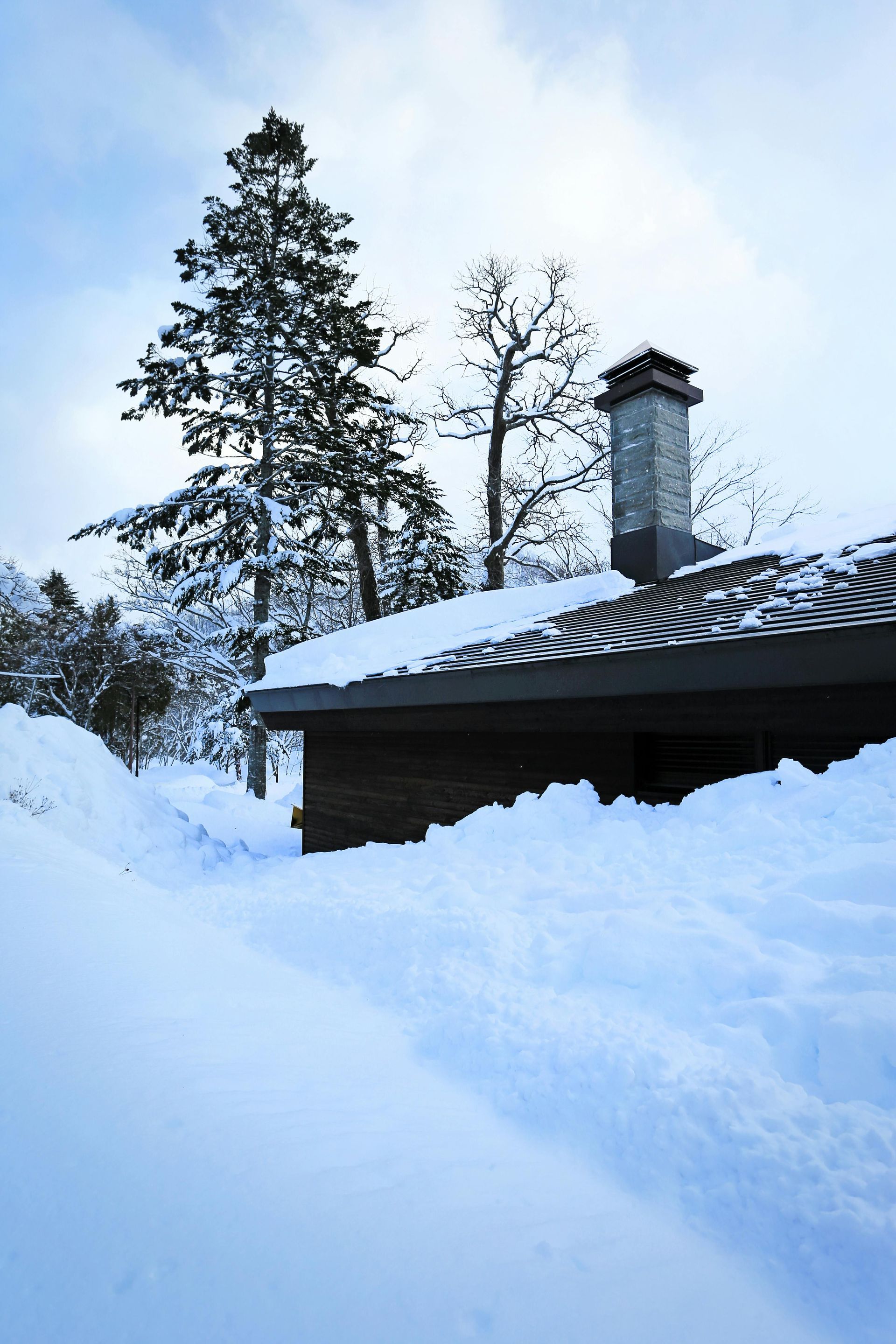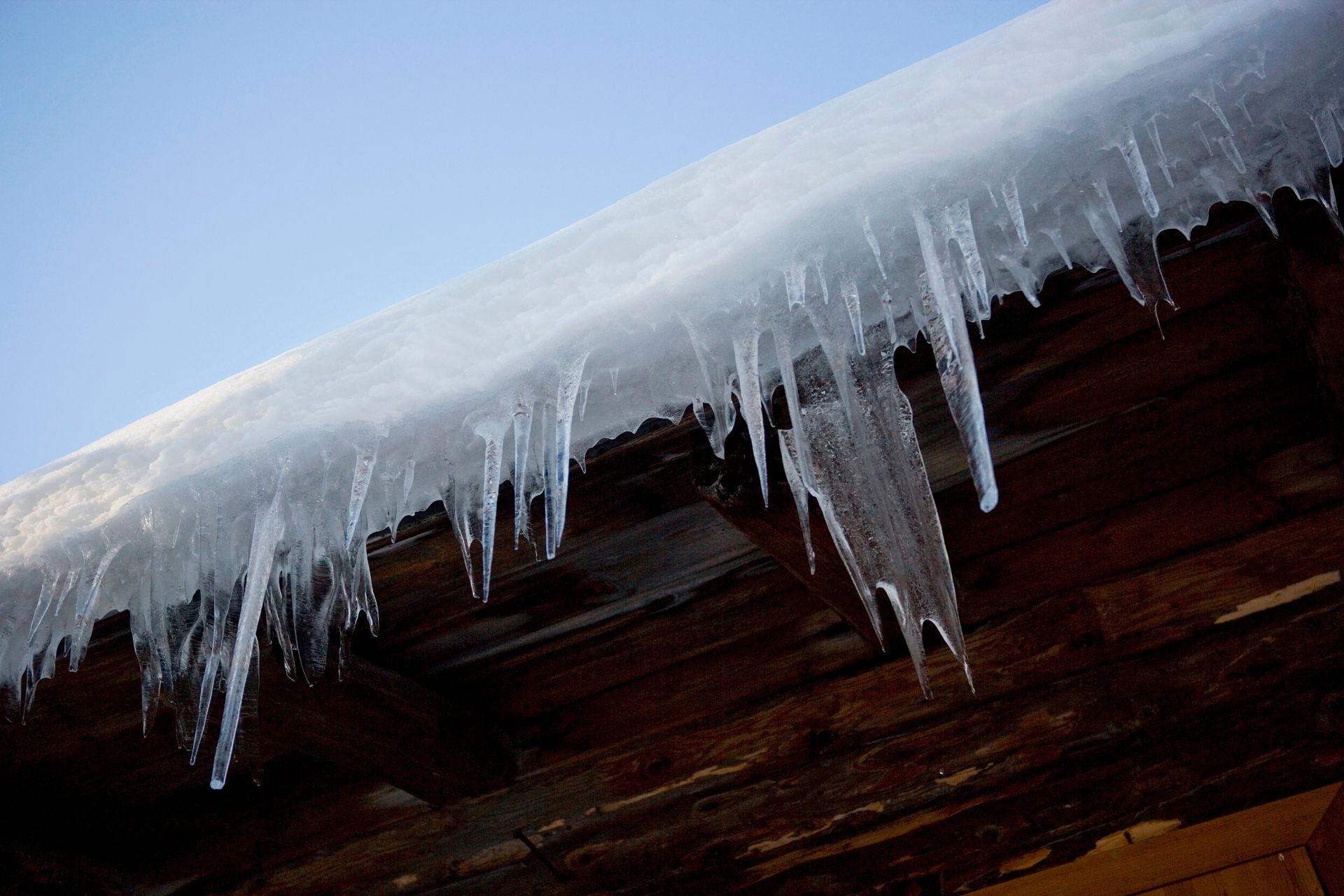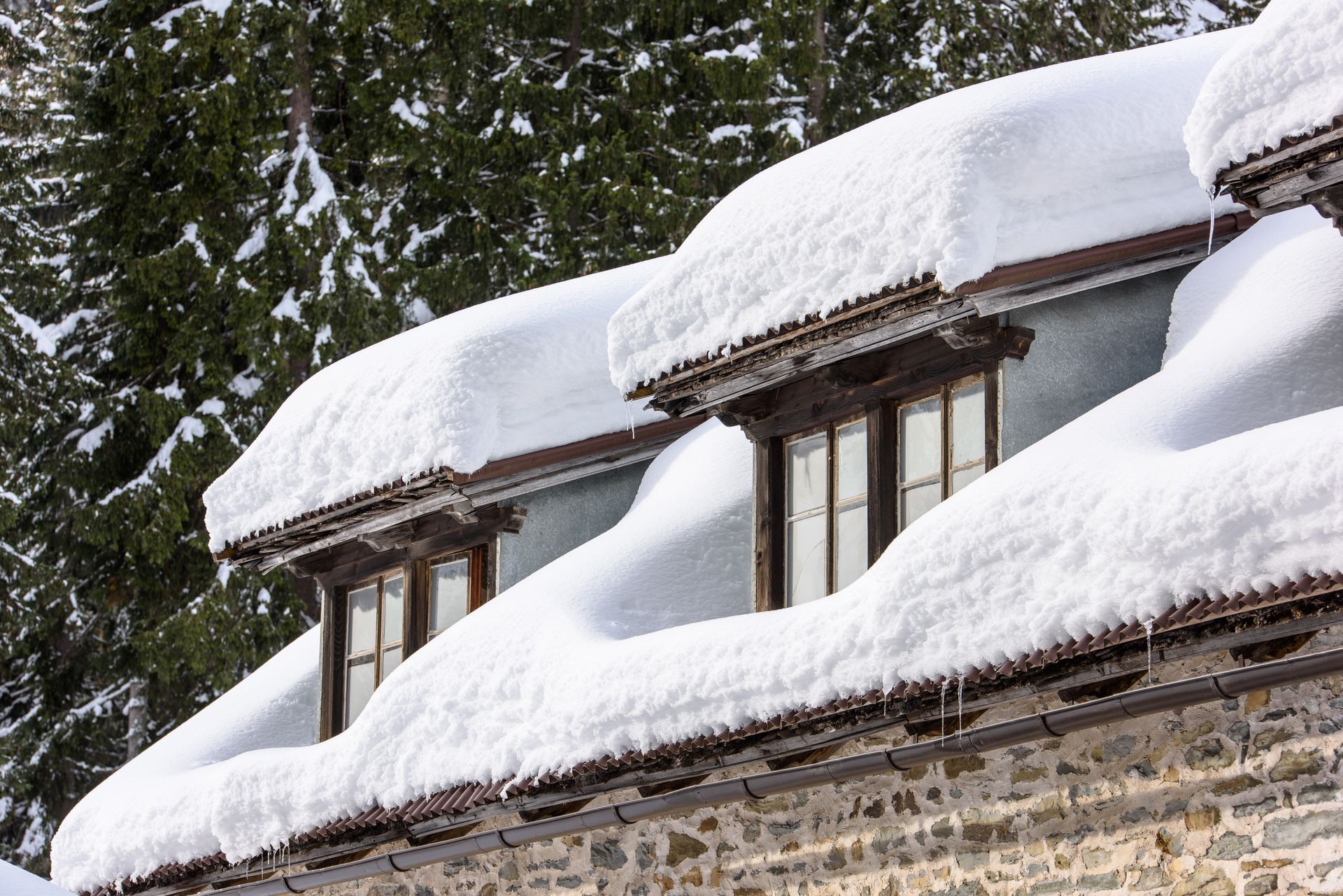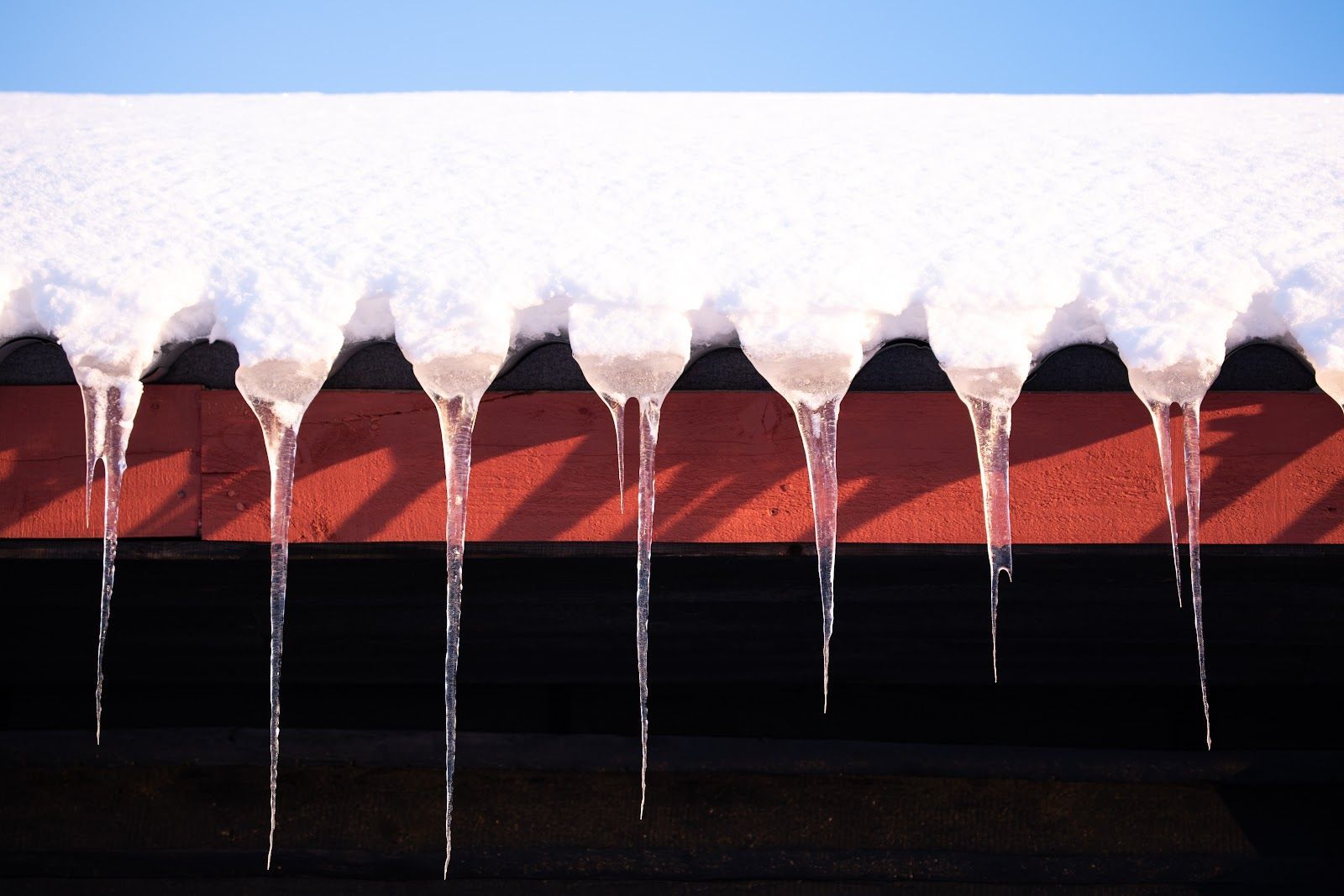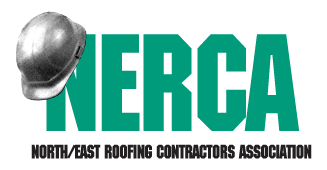What Is Single-Ply Roofing?
What You Need To Know About Single-Ply Roofing
In the ever-evolving world of roofing, new materials and technologies continually emerge to offer improved durability, energy efficiency, and ease of installation. One such innovation is single-ply roofing, a versatile and cost-effective solution that has gained popularity for both commercial and residential applications. In this post, we'll discuss the concept of single-ply roofing, explore its benefits, and discuss why it might be the right choice for your roofing needs.
Understanding Single-Ply Roofing
Single-ply roofing refers to a type of roofing membrane composed of a single layer of flexible material. These materials are designed to be applied in a single layer directly onto the roof deck or insulation. The most common types of single-ply roofing materials are thermoplastic olefin (TPO), polyvinyl chloride (PVC), and ethylene propylene diene monomer (EPDM).
Types of Single-Ply Roofing
TPO (Thermoplastic Olefin):
TPO is a popular choice due to its energy-efficient and reflective properties. It's made from a blend of rubber and plastic, offering exceptional resistance to UV rays, heat, and chemicals. TPO roofing is known for its white reflective surface, which helps reduce cooling costs by reflecting sunlight away from the building.
PVC (Polyvinyl Chloride):
PVC roofing membranes are durable and resistant to chemicals, making them suitable for installations where chemical exposure is a concern. They offer excellent performance in harsh weather conditions and have a longer lifespan compared to some other roofing materials. PVC membranes are available in various colors and patterns.
EPDM (Ethylene Propylene Diene Monomer):
EPDM is a synthetic rubber roofing membrane known for its outstanding durability and flexibility. It is highly resistant to UV rays and extreme temperatures, making it a suitable choice for areas with harsh weather conditions. EPDM roofs can be black or white, and they have a long lifespan when properly maintained.
Benefits of Single-Ply Roofing:
- Ease of Installation: One of the primary advantages of single-ply roofing is its ease of installation. The lightweight nature of these membranes makes them relatively simple to handle and apply, reducing labor costs and installation time.
- Energy Efficiency: Many single-ply roofing materials, particularly TPO and PVC, come with reflective surfaces that bounce sunlight away from the building. This helps reduce the heat absorbed by the roof, leading to lower energy consumption and cooling costs.
- Durability: Single-ply roofing materials are engineered to withstand the rigors of weather and environmental exposure. They offer resistance to UV rays, chemicals, and extreme temperatures, ensuring a long lifespan with minimal maintenance.
- Versatility: Single-ply membranes can be installed on a variety of roof types, including flat, low-slope, and pitched roofs. They can also accommodate different architectural designs and shapes.
- Cost-Effectiveness: While the upfront cost of single-ply roofing installation may be slightly higher than traditional materials, the long-term cost-effectiveness shines through due to reduced maintenance and energy savings.
- Environmental Friendliness: Single-ply roofing materials often have recyclable options, contributing to sustainable building practices and reducing environmental impact.
- Flexibility: The flexibility of single-ply roofing membranes allows them to adapt to the movement of a building, making them less prone to cracks and leaks over time.
Is Single-Ply Roofing Right For You?
While single-ply roofing offers a host of benefits, it's essential to consider factors such as your budget, climate, and building requirements before making a decision. Consulting with experienced roofing professionals can help you determine whether single-ply roofing is a suitable option for your specific needs.
Single-ply roofing has revolutionized the roofing industry by providing a straightforward, durable, and energy-efficient solution for both commercial and residential structures. Its ease of installation, energy-saving capabilities, and versatility make it an attractive choice for various roofing projects. Whether you're seeking to replace an aging roof or embark on a new construction project, single-ply roofing offers a range of benefits that contribute to the overall longevity, performance, and aesthetics of your building.
